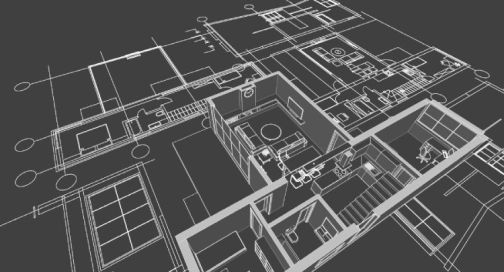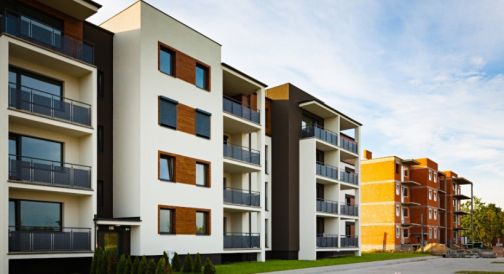Getting ready for 2020 compliance

Within the consultation, the message from Government was clear: to meet our environmental target and build to our vision of the future, we need to change building design for new residential developments.
For those working on projects which are likely to fall under the new requirements of Part L and Part F later this year, understanding what a compliant HVAC system might look like can help to reduce time delays on new projects and allow greater scope to research potential HVAC strategies.
What are the aims of the Future Homes Standard?
In order to understand what future HVAC specification could entail, it is first important to understand Government’s aim behind updating Part L and Part F.
Align with future targets for new houses
Government have suggested that in 2025 new homes should produce 75-80% less carbon than those built to current standards. This will require heating demands to be met using low carbon sources, such as using direct electric heating and heat pump technology.
To make sure that supply chains are developed for this, Government are setting targets now which encourage the take-up of these solutions before it becomes a mandatory requirement in five years’ time. As a result, developments are likely to gain significant compliance benefits from including these technologies in their designs.

Simplify guidance within the Building Regulations
Recent research carried out during the Grenfell inquiry revealed that the Building Regulations are so complex that it is often difficult to distinguish what is actually required from new developments. As such, Government has written the new proposal with simplification in mind.
This has especially influenced the proposal for ventilation design and specification, where not only has the calculation for whole dwelling ventilation rates changed, but Government have given guidance on where certain ventilation systems should be used. Therefore, in developments built to a high fabric standard, whole dwelling ventilation systems should be specified.
Comply with the Energy Performance of Buildings Directive
Due to the Energy Performance of Buildings Directive, all new developments in the UK are required to be nearly zero energy buildings (NZEB) before 2021. This is one of the drivers behind primary energy becoming a compliance metric, alongside a carbon emissions target.
Designing with primary energy in mind will have an impact on the HVAC strategy employed within a development. Limiting primary energy within a building not only means reducing energy use within the dwelling itself, but also utilising an energy source for heating which has a low primary energy factor.
This is where heat pump technology will be a compliance benefit for a project, especially when used as part of a fully electric hot water heat heating system. For example, combining a hot water heat pump with a gas boiler or direct electric panel heating.
Learn more about the Future Homes Standard
At Glen Dimplex Heating & Ventilation, we have analysed the Future Homes Standard consultation and supporting SAP 10.1 BETA software to establish what this could mean for HVAC specification going forward. From this research we have created a new CPD and are working on making this available through seminar events across the UK.








